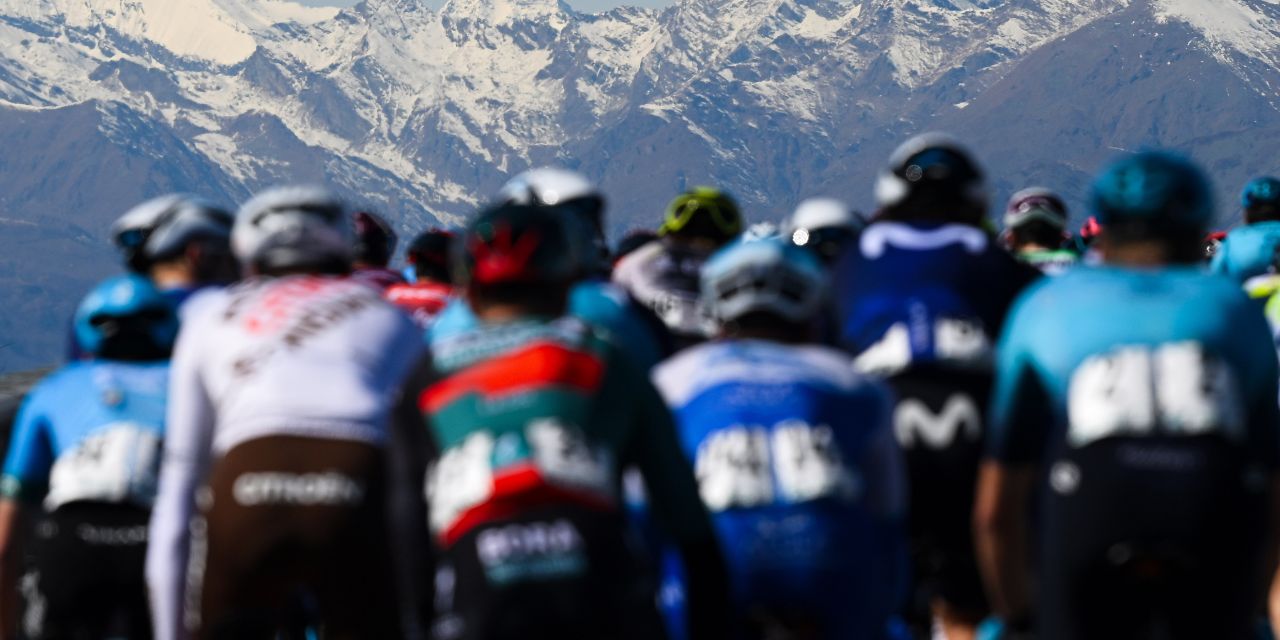The Milano-Torino is one of those races that every elite rider can dream of one day winning. It’s a competition that belongs to no one, not the climbers, not the classics specialists, not the sprinters. In fact, depending on the year and the chosen route, it can favour one type of rider or another. In fact, over the years, the Milano-Torino has seen remarkable performances and crowned all sorts of champions, many of whom have left an unforgettable mark on the race’s legacy. A simple look at the recent roll of honour is enough to realise this, as it lists sprinters such as Mark Cavendish and Arnaud Démare, but also Grand Tours and hard classics riders such as Primož Roglič and Thibaut Pinot.
Since 2022 the race has returned to its original placement on the calendar, namely a few days before the Milano-Sanremo, which is why, altimetrically speaking, the route is a little gentler now than it used to be back in the years when the finish line was placed at the top of harsh asperities such as the Superga climb. The objective can thus be twofold for those taking part in the MiTo, testing the legs in view of the Classicissima and trying to win a classic with timeless charm and international recognition, since it is the oldest race in the world, considering that the first edition took place in 1876.
The 2024 edition will mirror that of the last few seasons, thus favouring faster wheels, but with a few extra variables that could mess up the plans of the purest sprinters. The racecourse, which goes from Rho to Salassa for 177 km, is characterised by a predominantly flat first half, transitioning to a more undulating terrain upon entering Piedmont , it passes through the upper Po Valley in the rice-fields area, touching towns like Magenta, Novara and Vercelli, and then moves into the Canavese area, tackling the first short climbs at Cossano Canavese and San Martino Canavese. After Rivarolo Canavese, the peloton will cross the finish line for the first time to begin a circuit spanning approximately 44 km.
The ring includes two climbs, not excessively steep but potentially dangerous, especially for sprinters. The first, which will be overtaken at 30 km to go, goes from Rivara to Prascorsano for a total of just over 4 km, with the central part climbing steadily at 8-9%. Should it be tackled at a high pace, which is quite likely given the proximity to the finish line, then some big names might well get dropped. After a short descent there will be a second asperity, again 4 km long but with smoother gradients, which will take the riders from Cuorgnè to Colleretto Castelnuovo. Will anyone feel like simulating the Poggio, given its similar length and gradient? Obviously, the riders won’t have 300 km on their legs but 160, and there will still be 18 km left to go instead of 5. But who knows? Glory goes to the brave…
The finale, depending on the peloton’s attitude, might favour the sprinters’ teams, who will have to organise their own trains, or the breakaway riders, who will have to work collaboratively all the way to the end. Whichever scenario unfolds, it will be interesting, uncertain and entertaining.


















